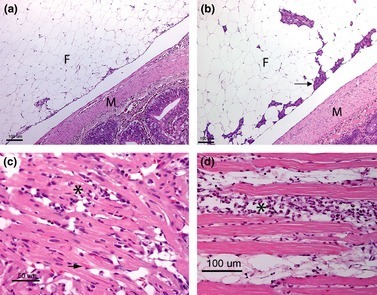“This is not good… the last thing you want is to get BKD among wild salmon,” says expert.
On Monday, it was revealed that approximately 14,000 salmon had escaped from a Lerøy-owned facility in Hitra municipality in Norway.
Now it has come to light that the fish held within the facility were carrying both bacterial kidney disease (BKD) and pancreas disease (PD).
Harald Larssen, the general manager at Lerøy Midt, confirmed to local outlet Børsen that both diseases been detected among the salmon in the facility prior to the escape.
Looking for trouble? The company using AI to help detect damage to nets before escapes happen
As a precautionary measure, the Norwegian Food Safety Authority ordered the closure of the plant at Reitholmen in Hitra due to the infection. Lerøy estimates that the escaped salmon, weighing just over 7.3 kilos each, numbered just under 14,000.
Are Nylund, a fish health professor at UiB, expressed particular concern about the risk of BKD infection spreading to wild salmon, especially considering their vulnerable status.
“It is more likely that it finds its way into the rivers than that it goes into the sea,” said Nylund.
“We know that salmon are close to the red list and that BKD can cause mortality to fry, so this is serious,” Nylund told the paper. “All cases of escaped salmon are serious, but it is especially serious when it is infected with a disease that can lead to infection of fry.”
What is bacterial kidney disease?
BKD is a chronic disease and was first reported in the wild Atlantic salmon populations in the rivers Spey and Dee in Scotland in the early 1930s.
Subsequently BKD has been found in both wild and farmed salmonid populations in Norway, North and South America, continental Europe and Japan.
Clinical signs include darkening of the skin, pale gills, fluid in the abdomen distended abdomen, protruding eyes and pinpoint bruising. Fish appear anaemic and lack food in the gut. The liver, kidney and spleen are often pale.

